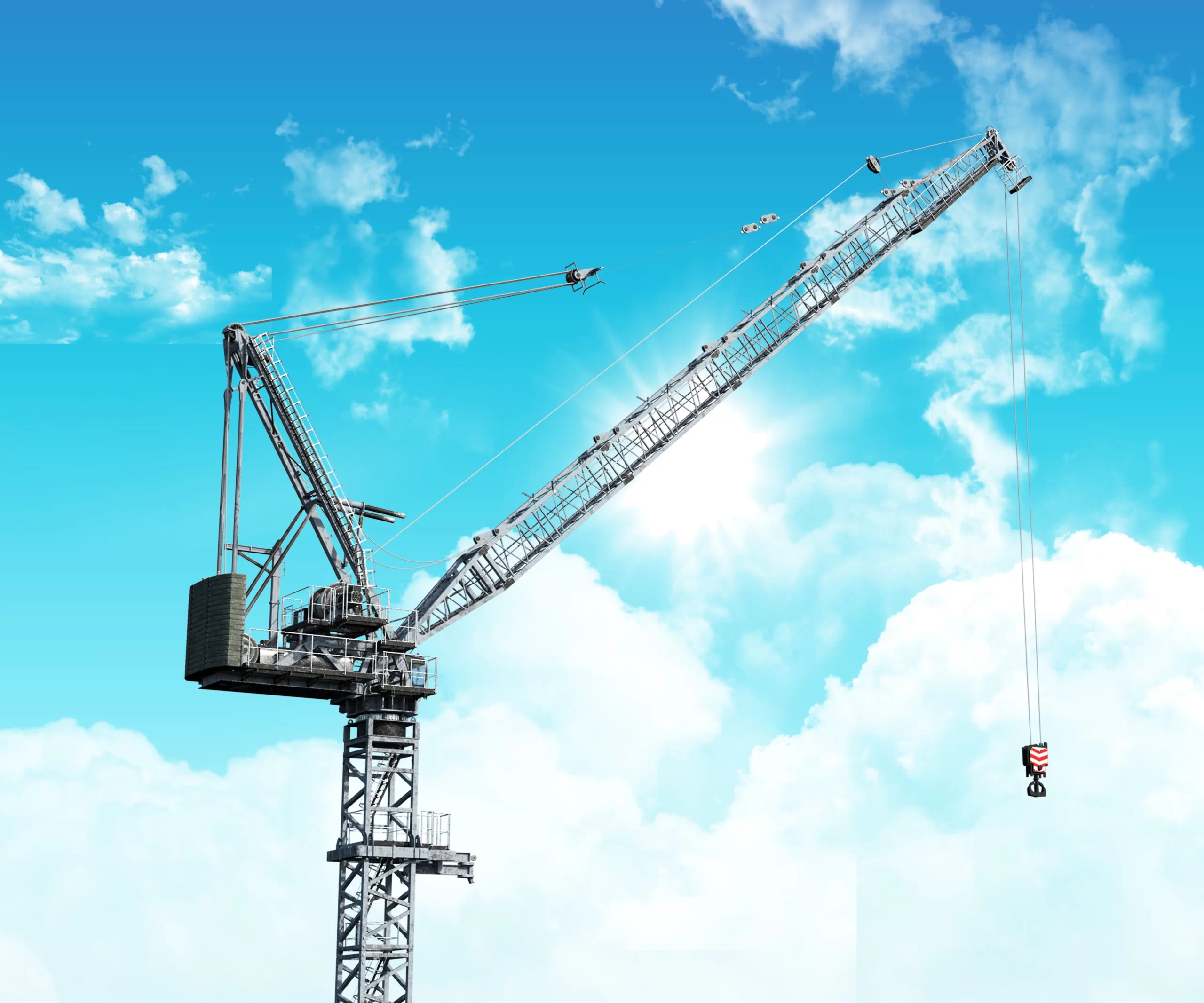Chain hoists, crafted from tough alloy metal, include accurate gear systems and modern safety features. They come in hand-operated (CK line) and motorized (KKBB line) versions for various uses. Wire rope hoists, made with durable steel cords and sturdy frames, perform well in tough jobs. Models such as the DC line and European Electric Cable Lift cater to specific demands.
Selecting the right equipment depends on weight limits, usage rates, and workplace conditions. APOLLO delivers customized options and professional guidance to fit different industrial needs, offering dependable and flexible lifting tools.
Key Features of Chain hoists
What Makes Chain Lift Build and Structure Special?
Chain hoists are carefully made for toughness and performance. They use strong alloy metal that resists damage well. The chain system works smoothly, with finely made gears that reduce rubbing. These hoists are often small and light, so they are easy to move and set up. Many also have safety additions like weight limiters and overload guards for secure operation.
How Do Weight Limits and Uses Shape Chain hoists?
Chain hoists work for many lifting tasks. They manage weights from a few hundred kilos to multiple tons, based on the model. This makes them useful in factories, storage spaces, building sites, and farms. They can lift vertically or pull horizontally. Hand-operated types suit smaller jobs, while motorized ones work better for heavier loads.
Why Pick Chain hoists?
Chain hoists are simple and trustworthy. They are budget-friendly and need little upkeep due to their sturdy build. Hand versions are great where power is scarce. Motorized types lift faster and easier. Their small size lets them fit in tight spots where bigger gear cannot.

Key Features of Wire Rope Hoists
What Makes Wire Rope Build and Materials Different?
Wire rope hoists focus on power and accuracy. They use steel cords made from high-strength wires twisted for endurance and bendability. The outer shell is often heavy-duty iron or aluminum to survive harsh conditions. Modern brake systems ensure smooth, safe use.
How Do Weight Limits Affect Wire Rope Hoists Uses?
Wire rope hoists handle tough jobs well. They can lift hundreds of tons, making them vital in shipyards, plane factories, and big construction jobs. They also work for tall buildings or deep pits where long lifts are needed.
What Are the Perks of Wire Rope Hoists?
Wire rope hoists have many benefits. They manage heavy loads efficiently. They work faster than Chain hoists, saving time. Their tough build means they last longer and need less care if used right.
Comparing Chain Hoists and Wire Rope Hoists
How Do Toughness and Care Needs Differ?
Chain hoists generally require less maintenance due to their simpler design, but may not match the longevity of wire rope hoists under extreme conditions. Wire rope hoists, while more durable overall, demand regular inspections to prevent wear on the wire ropes.
How Do Speed and Efficiency Compare?
Wire rope hoists outperform chain hoists in terms of speed and operational efficiency, especially in heavy-duty applications requiring rapid lifting over long distances. However, chain hoists are more cost-effective for lighter tasks that do not prioritize speed.
Which Jobs Fit Each Type Best?
Chain hoists suit small jobs or places where moving gear matters, like shops or small storage areas. Wire rope hoists fit heavy-duty work in tough conditions.
Picking the Right Type: Key Factors
What Weight Must It Lift?
Choose based on load needs. Chain hoists work for light to medium weights, usually a few hundred kilos to several tons. They fit small shops or warehouses. Wire rope hoists handle massive loads, even hundreds of tons, perfect for plane or ship work.
How Often Will It Be Used?
Usage frequency matters. Chain hoists fit occasional use due to low upkeep. Wire rope hoists handle daily heavy jobs better with their speed and strength.
Do Surroundings and Safety Rules Matter?
Consider weather, moisture, or chemicals. Wire rope hoists often have weatherproof coats for outdoor or rough use. Chain hoists are smaller, good for tight or temporary spots. Both meet safety rules, but wire rope hoists often have extra brakes and overload guards.
How APOLLO Meets Various Lifting Needs
APOLLO’s chain and wire rope hoists excel in strength, safety, and speed. Chain hoists use tough alloy metal, precise gears, and safety features. Hand (CK line) and motorized (KKBB line) types fit different tasks. Wire rope hoists have strong steel cords and heavy frames, like the DC line for big jobs or the European Electric Wire Rope Hoist for special uses. Both lines focus on reliability, safety, and adaptability.
Why Pick APOLLO’s Chain Hoists?
What Defines APOLLO’s Chain Hoists?
Made from hard alloy metal, these lifts have fine gears for smooth work. Safety tools like weight limiters add security. Their light build makes them easy to move and install.
Which Models Fit Specific Needs?
For small jobs or no-power areas, hand lifts like the CK line work well. They offer full rotation and weight control. For faster lifts, motorized KKBB types perform better, with options like explosion-proof designs.
Why Choose APOLLO’s Wire rope hoists?
What Makes Them Unique?
APOLLO’s Wire rope hoists use high-strength cords and tough metal frames. Modern brakes keep them safe and smooth.
Which Models Stand Out?
The DC line handles heavy loads with ease. For deep pits or tall builds, the European Electric Wire Rope Hoists is ideal.
Final Tips with APOLLO’s Help
How Does APOLLO Customize for Industries?
APOLLO adjusts voltage, materials, or coatings to fit your needs. Their gear suits factories, construction, or logistics.
Why Ask APOLLO for Advice?
Their experts guide you from start to finish, with setup videos or add-on services for full support.
FAQs
Q: Can Chain hoists work outdoors?
A: They can, but only if built for weather.
Q: How to maintain Wire rope hoists?
A: Check cords often and oil parts regularly.
Q: Can lifts be customized?
A: Yes, APOLLO lets you pick materials, voltage, or special coatings.


